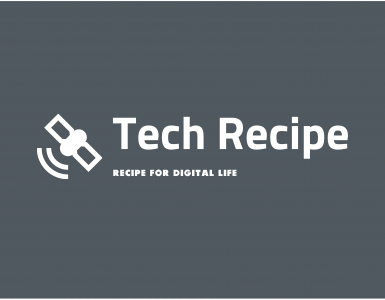
The Desktop 3D Hologram Printer is a two-dimensional, 3D hologram printer designed in a desktop size that can laser print 3D hologram images that appear three-dimensional when tilted at various angles on a special film.
This product measures 550×510×280mm and weighs 13.2kg. The product was developed by LitiHolo, founded by Paul Christie, a former researcher at MIT Media Lab. Professor Stephen Benton, who served as the director of the research center at MIT Media Lab, is a former researcher of Polaroid known as an instant camera and is known to invent a multicolored rainbow hologram used for credit cards and medical imaging.

The desktop 3D hologram printer creates a hologram by irradiating the interference pattern through two laser beams onto a special hologram pattern. It is a structure in which a 3D image is formed by diffracted light and light matching the film pattern. Reity Hollo emphasizes that the 3D holographic image created by the desktop 3D hologram printer is a real 3D holographic photograph, which is different from Pepper’s Ghost and others using the illusion of eyes.
This product uses 600-650nm laser and 20mW of red laser power. If you look at the 3D hologram picture illuminated by a general LED tabletop light from the front and left sides, you can see that the 3D hologram picture is thinner than the depth on the printed plate. The specifications of 3D holographic photos that can be printed with this product are the holographic photo pixel size of 1×1mm, and the photo size is 100×130mm. What can be viewed in 3D is only horizontal and the viewing angle is 45 degrees. In addition, it is said that 23 patterns are possible per gel.
Originally, 3D hologram printers exist only in companies and research facilities. While developing household products, Reity Hollo developed exclusive developing film plates together. This film plate is developed at the same time as the laser irradiation exposure without the need for post-printing treatment or development by chemicals.

In addition, to create a hologram, a set of perspective images representing the 3D appearance must be loaded into dedicated software. However, it is said that it is also possible to automatically extract necessary perspective images from videos taken at a specific stage. In addition, a set of images can be provided by shooting with a virtual camera that has been rendered with 3D software.
The desktop 3D hologram printer also raised funds for commercialization through Kickstarter, a crowdfunding site. More information about the product can be found here.


















Add comment